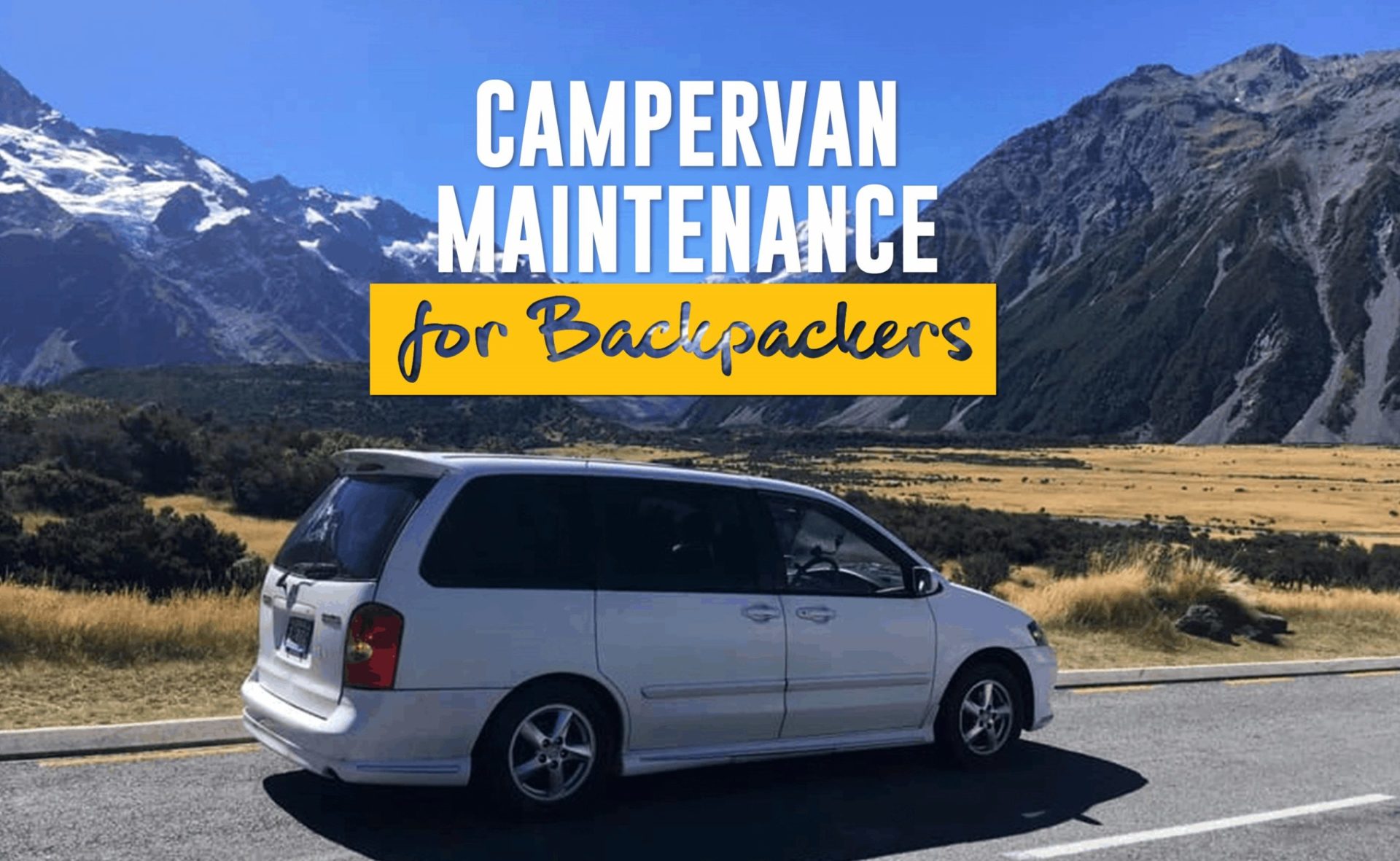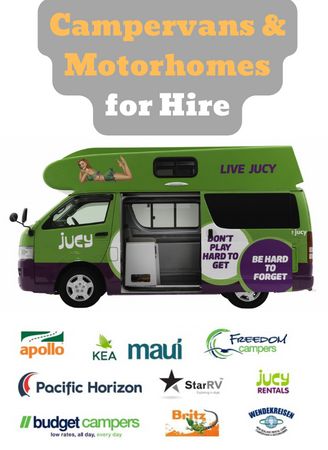✅ Last Update: Apr 22, 2024 @ 1:35 pm
(Everything You Need to Know About Campervan Maintenance)
Owning a campervan brings you a whole new level of freedom and excitement in New Zealand, but there are a few basics that every campervan owner needs to know.
New Zealand’s road laws state that every vehicle needs to be registered with the NZTA, be fit for use, and be certified with a Warrant of Fitness – WOF.
- WOF / Warrant of Fitness – A WOF is a warrant that proves that the vehicle is roadworthy and has been checked by a certified mechanic. A WOF usually costs between NZD$25 and NZD$50, but would depend on all repairs before acquiring a WOF certificate.
- Registration – Vehicle registration or REGO is a tax paid to the NZTA and would depend on the vehicle’s age, make, mileage, and CC. REGO costs typically range from NZD$9 to NZD$18 per month. Diesel cars tend to cost around 35% to 50% more to register.
- Road User Charges – Road user charges are only applicable for Diesel vehicles and amount to an average cost of NZD$60 per 1000 km travelled.
Let’s check out some tips to maintain your campervan while you are in New Zealand:
1. Have the Vehicle Inspected Independently
Inspect the vehicle if you have a general knowledge of vehicle maintenance, or book the car for a thorough check with a certified mechanic.
When taking the vehicle for a test drive or an inspection, pay attention to any noises, warning lights, tyre quality, brakes, lights, and the vehicle’s suspension.
Avoid buying a vehicle with electrical problems or warning lights; these may cost you significantly shortly.
Ensure you find out about the vehicle’s service history and if it has ever been involved in any serious accidents, as these may have a residual impact on the car.
Ask for proof of when the cambelt or timing belt was last replaced.
2. Check Tyre Pressure and Fluids
Ensure you know how to check the fluid levels of your new vehicle and ensure that the tyres are maintained at the correct tyre pressure.
It is essential that the brake fluid, engine oil, water level, and tyre pressure are maintained at all times and should be checked regularly.
3. Ensure Cambelts and/or Timing Belts are Maintained and Inspected Thoroughly
A vehicle with a cambelt needs to be replaced every 100 000kms or every five years when buying a pre-owned vehicle; you must find out when the cambelt was last replaced and when the next replacement is due.
The approximate cost of a cambelt replacement ranges from NZ$500 to NZ$1000.
Don’t get confused by terminology; a cambelt and a timing belt are essentially the same things. If you are unsure, be sure to ask a trusted mechanic.
4. Check the Tyre Tread and Alignment
The quality of your tyre and the safety of your vehicle go hand in hand. In New Zealand, the legal minimum tyre tread is 1.5 mm, but buying a car with a tyre tread of less than 3 mm is never advisable.
New Zealand is renowned for its wet weather, which guarantees wet roads, so tyres must be well-maintained and changed when necessary.
If you need to replace a tyre along your journey, you can opt for 2nd hand tyres, saving you up to NZ$70 per tyre.
Safety should be paramount when buying your vehicle, so ensure the tyres are in good shape and the car has been aligned.
If you are concerned about the vehicle veering to the left or right, visit a mechanic ASAP and ask for the wheel alignment to be checked.
Re-alignment costs about NZ$50 and takes about 30 minutes.
5. Make Sure You Have a Spare Tyre Kit and Other Necessities
Before purchasing the vehicle, check the spare tyre and ensure the car is equipped with a tire-changing kit.
A First Aid Kit, high-visibility emergency jacket, and hazard triangle are always advisable.
We also recommend you keep the following emergency items stocked in the vehicle:
- Jumper Cables
- 10-20 L petrol tank
- Flashlight
- Basic Tool Kit
- Fire Extinguisher
6. Find Out Who to Consult for an Automotive Emergency
If you are buying your vehicle from a registered dealership, ask the dealer for advice on who to contact for mechanical advice.
Alternatively, contact AA, VTNZ, or Pit Stop and only visit MTA Licensed mechanics.
What to Do in Case of an Emergency?
No matter how prepared you are, accidents or emergencies can take place, here are a few tips to help you manage those unforeseen situations in New Zealand.
What should you do if your vehicle has broken down on the motorway?
- Pull over, activate all hazard lights, and move as far out of the way of traffic as possible. Avoid the possibility of a collision and move away from the vehicle to avoid further injury. Only exit the car when it is safe to do so.
- Call for help. Do not attempt to repair the vehicle yourself; wait for help. Raise the vehicle hood to alert passing authorities that help is needed.
- Be patient. Help will arrive as soon as possible, so remain calm and patient. Do not panic.
- Keep a record of the assistance report and accident report, if applicable.








